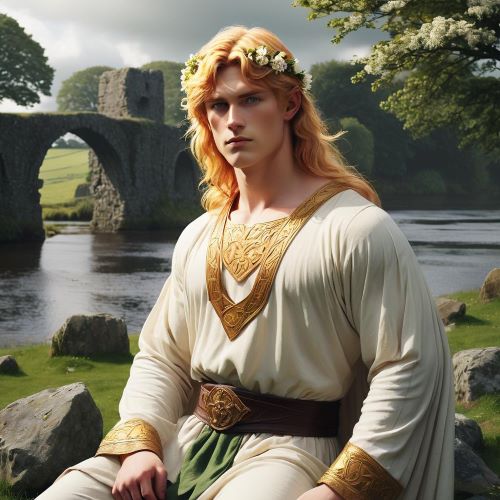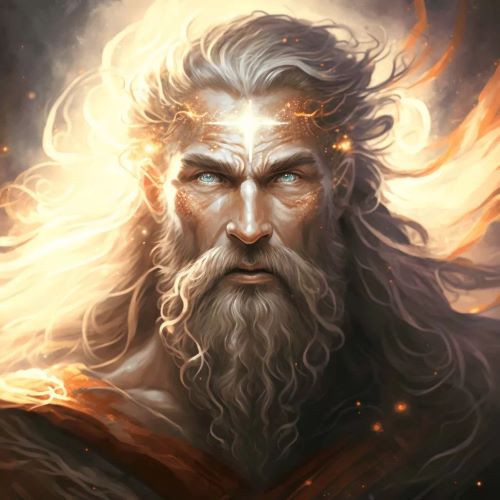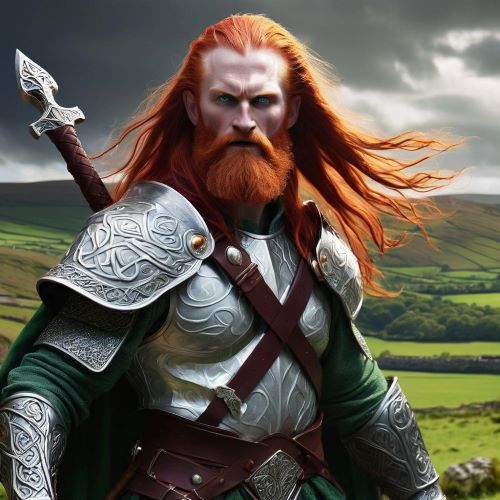Irish Mythology
Irish mythology is a rich and intricate tapestry of stories that have shaped the cultural and spiritual landscape of Ireland for centuries. These myths, deeply rooted in the oral traditions of the ancient Celts, offer a window into a world where gods and goddesses, heroes and heroines, and mystical creatures coexist, influencing the natural and supernatural realms. Central to Irish mythology is the reverence for the Tuatha Dé Danann, a divine race believed to have ruled Ireland before the arrival of the Milesians. These deities and supernatural beings, such as Dagda, the father god, and Morrigan, the goddess of war and fate, embody the complexity and depth of Irish mythological narratives, reflecting the people’s respect for nature, the supernatural, and the cyclical nature of life.
One of the most famous collections of Irish myths is the Ulster Cycle, which recounts the heroic deeds and adventures of figures such as Cú Chulainn, the greatest of the Irish heroes. These stories, filled with themes of bravery, honor, and tragedy, provide a vivid depiction of the societal values and martial culture of ancient Ireland. The tales of Cú Chulainn’s incredible feats, his tragic death, and his unwavering loyalty to his kin and kingdom illustrate the virtues esteemed by the Irish people. The Ulster Cycle also features the epic Táin Bó Cúailnge, a legendary cattle raid that highlights the themes of conflict and heroism that permeate Irish mythology.
The Mythological Cycle is another crucial aspect of Irish mythology, focusing on the origins and exploits of the Tuatha Dé Danann. These deities, often depicted as skilled in magic and warfare, include figures like Lugh, the god of light and craftsmanship, and Brigid, the goddess of healing, poetry, and smithcraft. The stories within this cycle emphasize the divine influence on human affairs and the interconnectedness of the natural and supernatural worlds. The tales of the Tuatha Dé Danann’s battles against the Fomorians, a race of monstrous beings, symbolize the eternal struggle between order and chaos, good and evil, highlighting the moral and philosophical underpinnings of Irish mythology.
In addition to the heroic and mythological cycles, Irish mythology is rich with folklore and tales of supernatural beings like fairies, leprechauns, and banshees. These beings, often associated with specific natural features like hills, forests, and rivers, play a significant role in the everyday lives of the Irish people. The belief in fairies and otherworldly creatures reflects the deep connection between the Irish and their natural environment, where every rock and tree holds a story or a spirit. The banshee, a harbinger of death, and the leprechaun, a mischievous but potentially rewarding sprite, are iconic figures in Irish folklore, illustrating the blend of fear, reverence, and curiosity that characterizes the Irish relationship with the supernatural.
Irish mythology, with its rich narratives and profound symbolism, continues to captivate and inspire people around the world. These ancient stories offer timeless themes of heroism, fate, and the human condition, resonating with universal truths that transcend time and place. The influence of Irish mythology can be seen in contemporary literature, art, and popular culture, from the works of W.B. Yeats to modern fantasy fiction and film. By exploring the enchanting world of Irish mythology, we gain a deeper appreciation for the cultural heritage of Ireland and the enduring power of these ancient tales. Mythlok is dedicated to preserving and celebrating these stories, ensuring their legacy endures for future generations to discover and cherish.
Irish Mythical Characters














